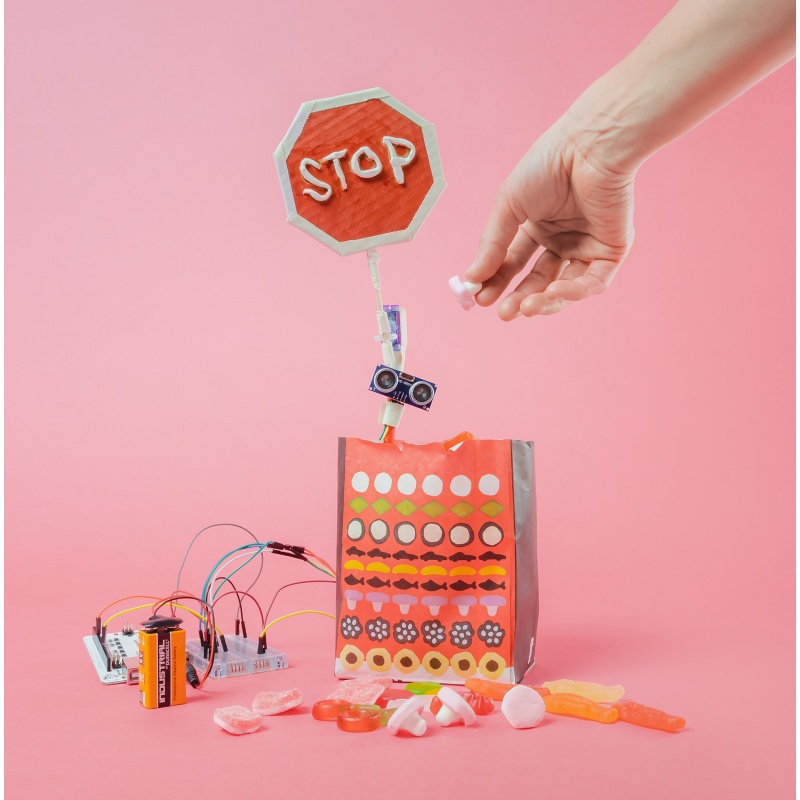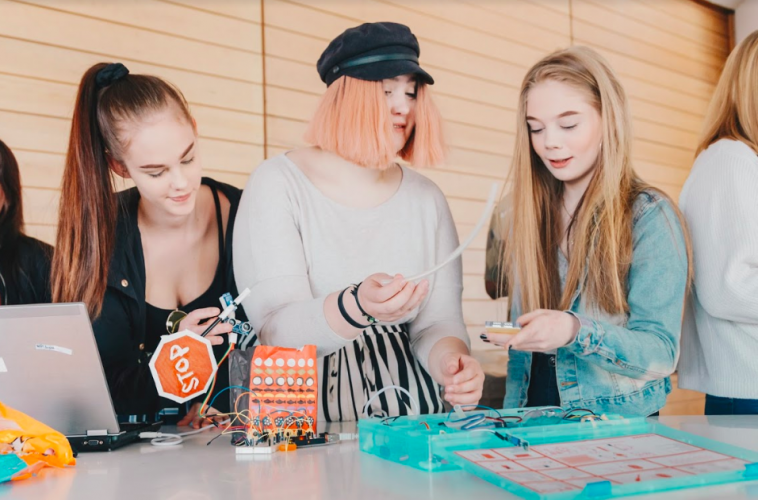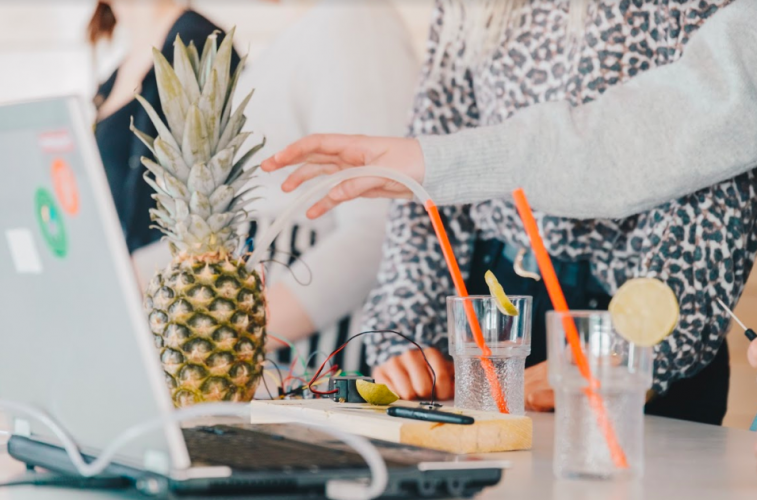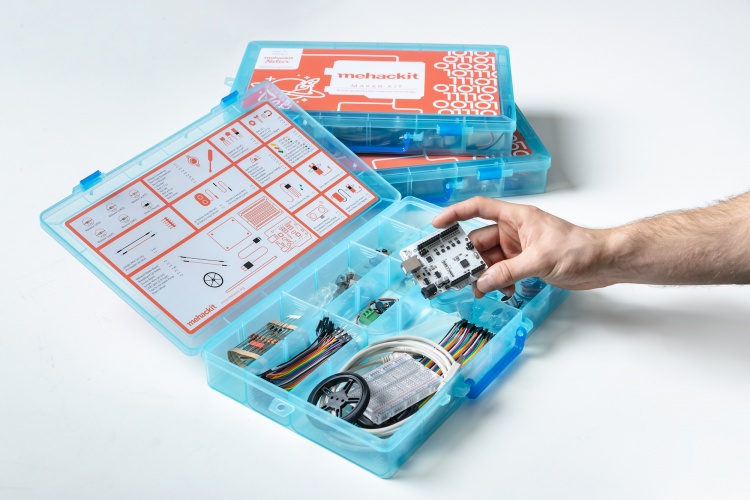Can understand and apply the fundamental principles and concepts of computer science, including abstraction, logic, algorithms and data representation.
Can analyse problems in computational terms, and have repeated practical experience of writing computer programs in order to solve such problems.
Create and debug simple programs.
Design, write and debug programs that accomplish specific goals, including controlling or simulating physical systems; solve problems by decomposing them into smaller parts.
Use sequence, selection, and repetition in programs; work with variables and various forms of input and output.
1-PS4-3. Plan and conduct an investigation to determine the effect of placing objects made with different materials in the path of a beam of light.
Use and derive simple equations and carry out appropriate calculations.
Identify further questions arising from their results.
MS-ETS1-4. Develop a model to generate data for iterative testing and modification of a proposed object, tool, or process such that an optimal design can be achieved.
HS-PS3-3. Design, build, and refine a device that works within given constraints to convert one form of energy into another form of energy.
Produce creative work, exploring their ideas and recording their experiences.
Write phrases from memory, and adapt these to create new sentences, to express ideas clearly.
Broaden their vocabulary and develop their ability to understand new words that are introduced into familiar written material, including through using a dictionary.
Can evaluate and apply information technology, including new or unfamiliar technologies, analytically to solve problems.
Use logical reasoning to explain how some simple algorithms work and to detect and correct errors in algorithms and programs.
Learn to analyse problems in computational terms
Make appropriate use of data structures.
Design and develop modular programs that use procedures or functions.
Design, use and evaluate computational abstractions that model the state and behaviour of real-world problems and physical systems.
Learn to evaluate and apply information technology, including new or unfamiliar technologies, analytically to solve problems.
Understand and apply the fundamental principles and concepts of computer science, including abstraction, logic, algorithms and data representation.
Understand several key algorithms that reflect computational thinking.
Understand simple Boolean logic and some of its uses in circuits and programming.
Understand the hardware and software components that make up computer systems.
Undertake creative projects that involve selecting, using, and combining multiple applications, preferably across a range of devices.
Develop and apply their analytic, problem-solving, design, and computational thinking skills.
Develop their capability, creativity and knowledge in computer science, digital media and information technology.
Develop the creative, technical and practical expertise needed to perform everyday tasks confidently and to participate successfully in an increasingly technological world.
Build and apply a repertoire of knowledge, understanding and skills in order to design and make high-quality prototypes and products for a wide range of users.
Understand and use electrical systems in their products [for example, series circuits incorporating switches, bulbs, buzzers and motors].
Apply their understanding of computing to program, monitor and control their products.
Select from and use a wider, more complex range of materials, components and ingredients, taking into account their properties.
Understand and use the properties of materials and the performance of structural elements to achieve functioning solutions.
Understand how more advanced electrical and electronic systems can be powered and used in their products [for example, circuits with heat, light, sound and movement as inputs and outputs].
Apply computing and use electronics to embed intelligence in products that respond to inputs [for example, sensors], and control outputs [for example, actuators], using programmable components [for example, microcontrollers].
Select and use appropriate calculation strategies to solve increasingly complex problems.
Develop their mathematical knowledge, in part through solving problems and evaluating the outcomes, including multi-step problems.
Begin to model situations mathematically and express the results using a range of formal mathematical representations.
Select appropriate concepts, methods and techniques to apply to unfamiliar and nonroutine problems.
Use mathematical language and properties precisely.
Make and use connections between different parts of mathematics to solve problems.
Select appropriate concepts, methods and techniques to apply to unfamiliar and nonroutine problems; interpret their solution in the context of the given problem.
Develop understanding of the nature, processes and methods of science through different types of science enquiries that help them to answer scientific questions about the world around them
Make predictions using scientific knowledge and understanding.
Apply mathematical concepts and calculate results.
Are responsible, competent, confident and creative users of information and communication technology.
Understand what algorithms are; how they are implemented as programs on digital devices; and that programs execute by following precise and unambiguous instructions.
Use logical reasoning to predict the behaviour of simple programs.
Use technology purposefully to create, organise, store, manipulate and retrieve digital content.
Use a probability model to predict the outcomes of future experiments; understand that empirical unbiased samples tend towards theoretical probability distributions, with increasing sample size.







User reviews for Mehackit Maker Kit
You need to log in to post a review.